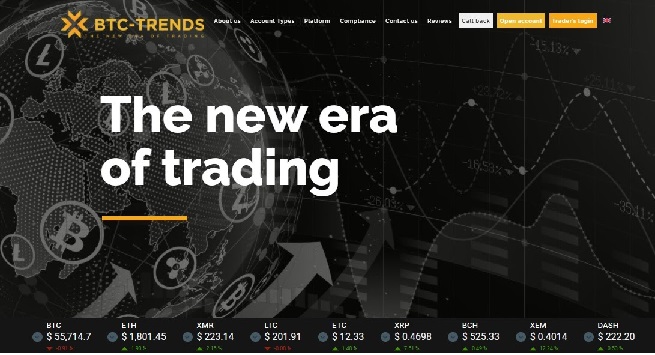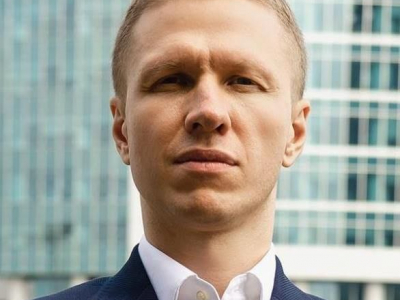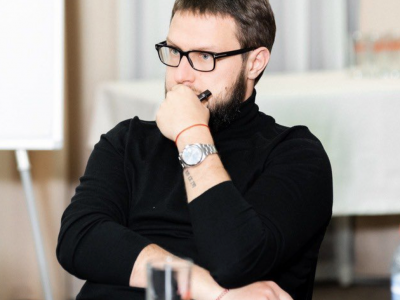After mining ban was introduced, China's share in the world bitcoin mining fell sharply, while Kazakhstan's share increased.
According to the study by the Cambridge Center for Alternative Finance (CCAF), in April 2021, China accounted for less than half of the electricity used to mine bitcoin. Back in September 2019, China's share of energy consumption for mining stood at 75.5%.
The share of Kazakhstan in the world bitcoin mining over the same period increased almost sixfold, from 1.4% to 8.2%. The United States occupies second place after China in terms of bitcoin mining. From September 2019 to April 2021, the United States increased its share from 4.1% to 16.8%. Russia and Iran are ranked fourth and fifth by bitcoin mining.
The sharp increase in the share of Kazakhstan in bitcoin mining may indicate that, against the background of tightening regulation regarding cryptocurrencies in China, many miners preferred to relocate production to neighboring Kazakhstan. And this process began long before the introduction of a complete ban on mining in China in June and July 2021. According to Bloomberg, Kazakhstan has over 22 gigawatts of electricity, most of which comes from coal-fired power plants. According to the International Energy Agency, in 2018 Kazakhstan ranked ninth in the world in coal production. In 2018, 70% of electricity in Kazakhstan was generated from coal, and 20% from natural gas. Renewable energy sources account for only 1.4% of the country's energy supply.
CCAF analysis is based on data provided by four mining pools, which together account for 37% of the world's total mining.
The ban on mining in China led to a strong drop in the hashrate of the bitcoin network. CCAF data show that more than half of miners worldwide ceased operations. The CCAF estimated that the entire bitcoin network consumed 132 terawatt hours of energy in mid-May, but that figure dropped to 59 TWh in early July.
“It’s quite safe to say that there is very little activity left in China,” says Michel Rauchs at the CCAF. “Now the big question is where is that actually going.”











